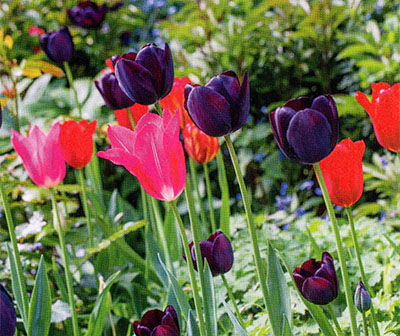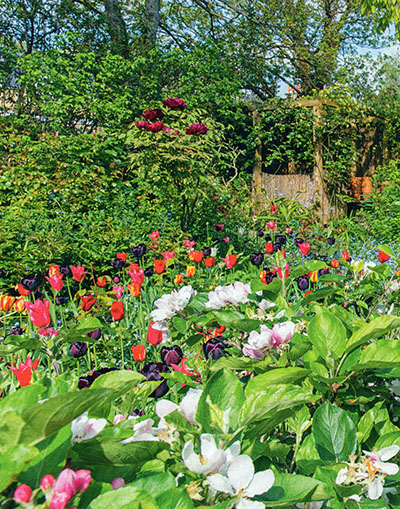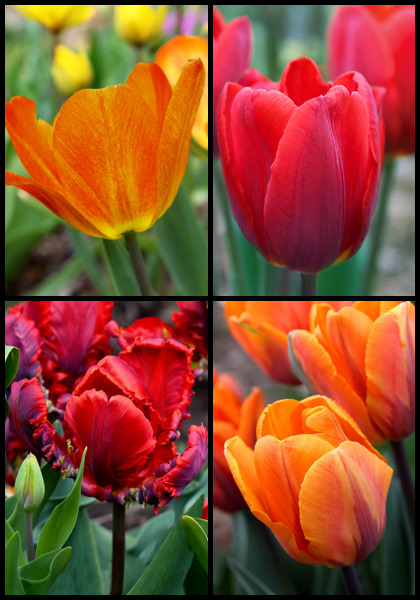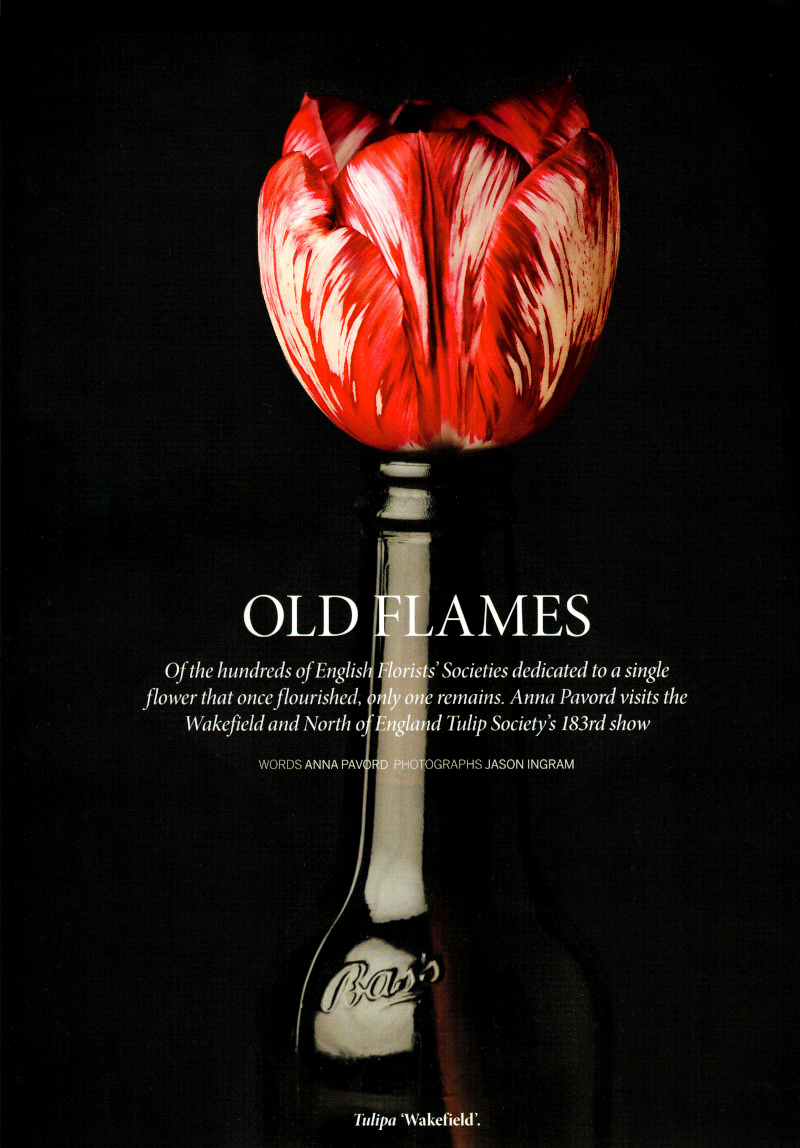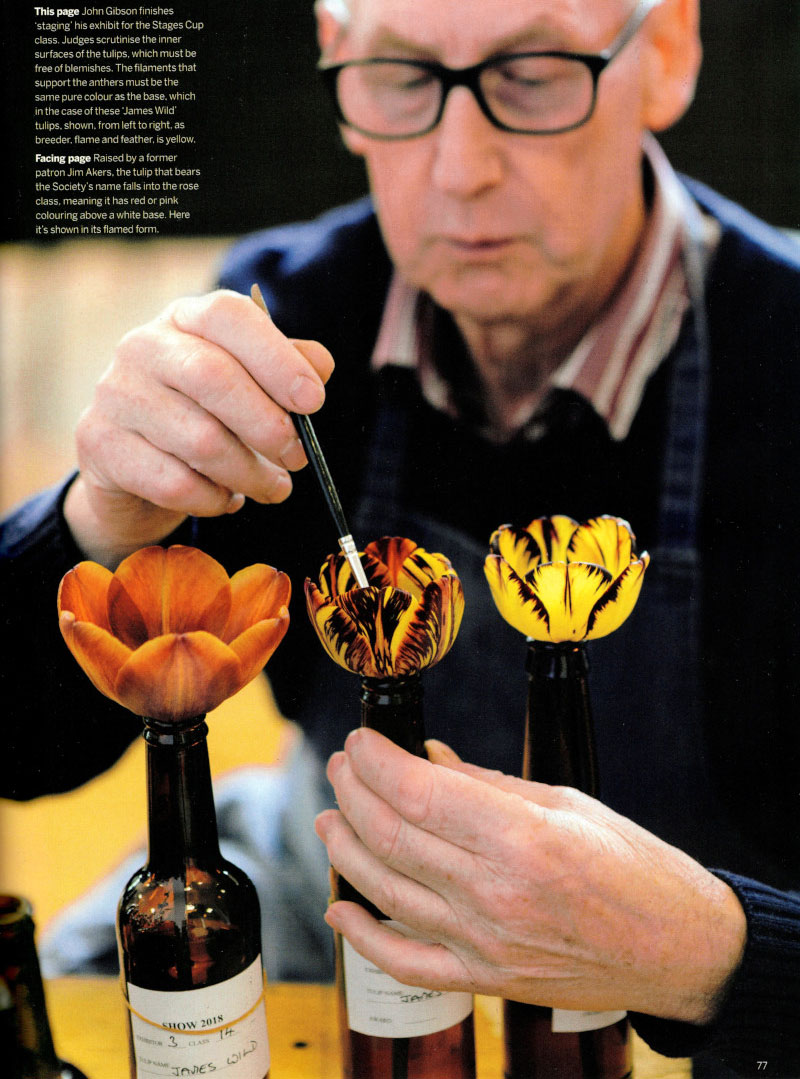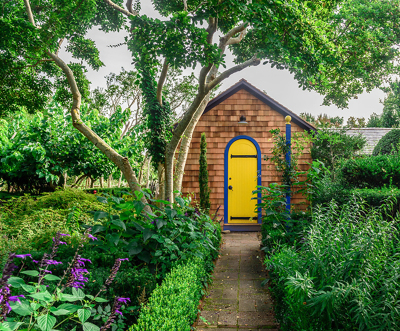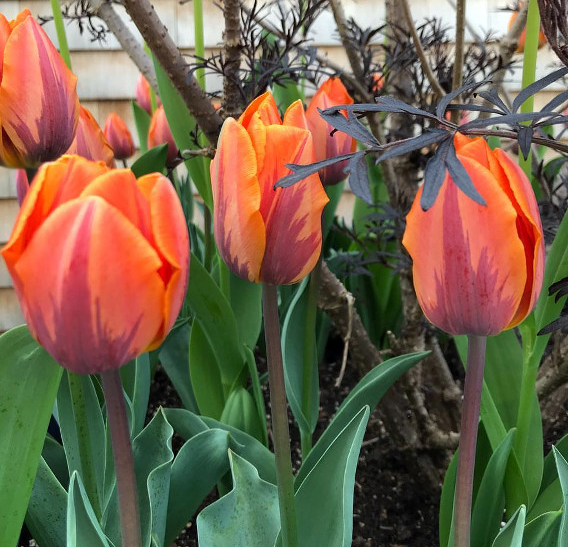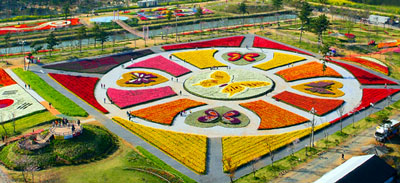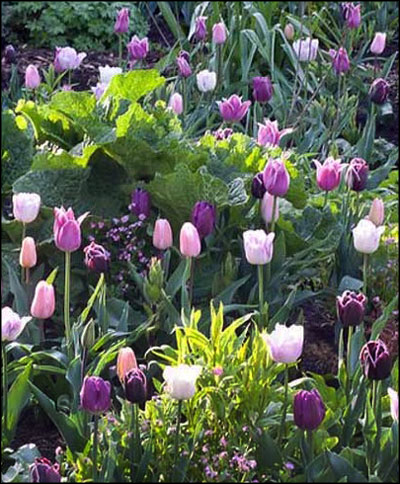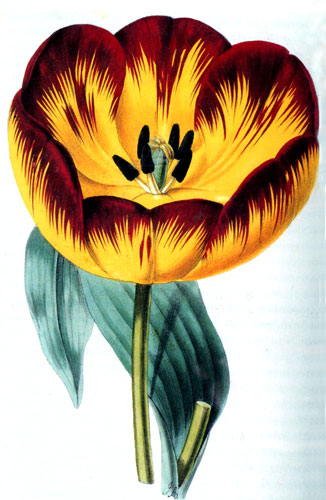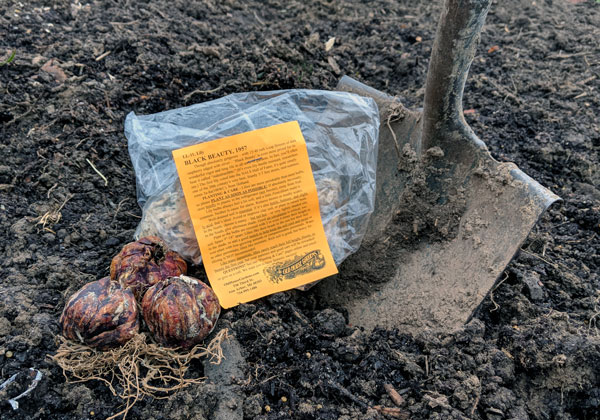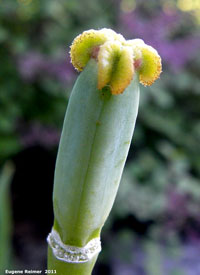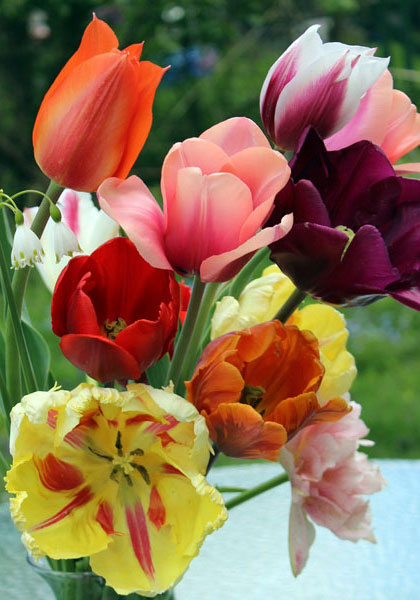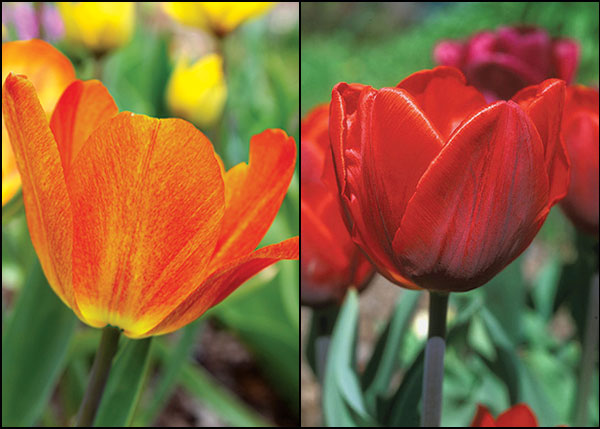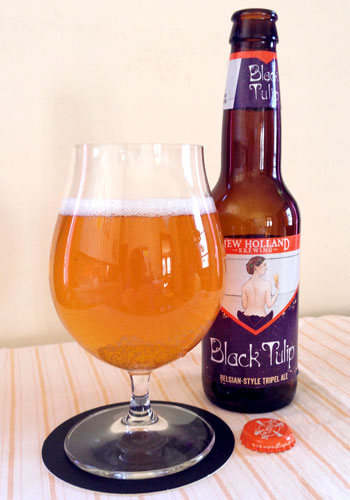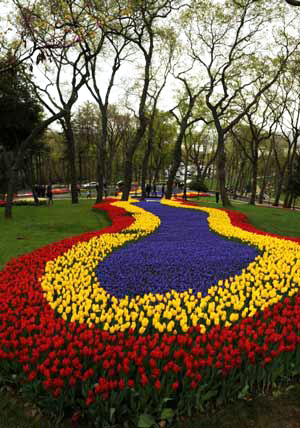
One of the highlights of my gardening year is watching the bees buzzing madly about my winter aconites and snow crocus, happier than even I am that spring has finally begun.
Of course the populations of bees and other pollinators are in steep decline these days. But “as gardeners we can help reverse this,” writes Adam Hunt in the October 2020 Gardens Illustrated. The trick, he says, is “providing a diverse offering of flowering plants across as long a season as possible,” and he adds that “bulbs, such as crocuses, snowdrops, and nerines, that flower outside of the usual temperate growing season, are a vital food source.”
Hunt lists 26 bulbs for pollinators, ten of which we currently offer. “All are favorites,” he writes, “chosen for their beauty, reliability, and for their value to our wonderful and so important foraging insects in all their many forms.”

Winter aconite – “One of the first blooms to appear … and much loved by bees..... Best planted in humus-rich, alkaline soil that does not dry out in summer. It will establish and naturalise under deciduous trees in light grass.” RHS Award of Garden Merit
Crocus ‘Mammoth Yellow’ – “Crocuses are one of the earliest nectar-rich flowers in spring, sought out by emerging queen bumblebees. The rich yellow of this cultivar works well against the low light levels of March.” RHS AGM

Siberian squill – “This scilla is the best performer for naturalizing in light lawns and part-shade. The blue nodding bell flower begins before other scillas have started and has a long blooming period. A rewarding bulb, producing more than one stem from each bulb. We love to plant it under magnolias and deciduous shrubs such as Viburnum plicatum f. tomentosum ‘Mariesii’.” RHS AGM

Tulipa clusiana – “Tulips are not renowned as plants for pollinators, but they are such an essential element of a spring garden, and if you include just one, then the lady tulip is possibly the best. Its flowers have attractive dark-pink stripes on its outer petals that widen in the sunshine to produce a star, and the stunning purple markings on its basal stem are sheer beauty.” RHS AGM
Other pollinator-friendly heirlooms Hunt recommends are snowdrops, Elwes snowdrops, Anemone blanda ‘White Splendor’, snake’s-head fritillary, Narcissus poeticus recurvus (pheasant’s-eye narcissus), and English bluebells.
To help keep the pollinators in your yard buzzing happily, why not order some of these nourishing beauties NOW for delivery this fall!





